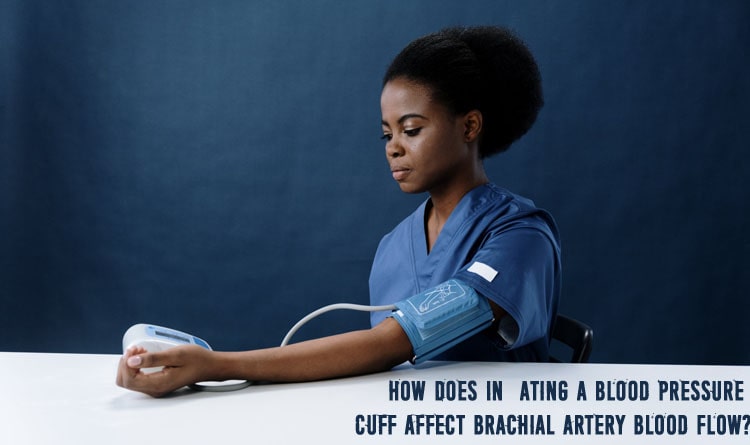Everyone knows about blood pressure (BP). However, not everyone knows what this word means. It is a major indicator of the activity of the human cardiovascular system.
Without a doubt, a change in blood pressure is not a disease in itself. Besides, it indicates the presence of certain disorders in the functioning of the circulatory system.
Blood pressure is the distribution of blood. It pumps every unit of the heart as well as by vascular resistance. As long as this parameter is within the normal range, people do not think about the pressure on the roots.
Usually, BP is the energy by which the blood vessel works in the wall. Its level compresses the blood to the heart. Also, the units of measurement are millimeters of mercury (mm Hg).
This article will discuss in detail how inflating a blood pressure cuff affects brachial artery blood flow.
What is the driving pressure for blood flow?
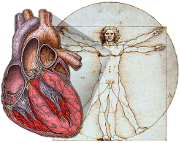
What is the driving pressure for blood flow
The supply of blood to organs or parts of organs is known as blood flow or perfusion. It comes through the arteries. Also extracted through the veins.
Provides tissues with oxygen, nutrients, and other important blood components. It also works to remove metabolic products and carbon dioxide.
Also, it artificially maintains organ perfusion. The term used to describe re-flow by an organ comes as reperfusion.
Disorders of the circulatory system due to various causes. Can cause acute and chronic impairment of various organ and tissue functions.
Where is blood flow the fastest?
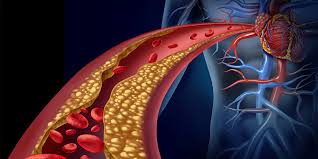
Where is blood flow the fastest
Usually, circulation carries blood through the body. It can be effectively integrated.
So how does inflating a blood pressure cuff affect brachial artery blood flow? The high-pressure system and the low-pressure system anatomically perform it in a large body. It also divides into a small pulmonary circulation.
The high-pressure system creates the interconnection of the heart air near systolic and diastolic blood pressure.
Both blood flow and vomiting spread through the heart-generated pressure waves that come through the pulse waves. In the depression system, blood pressure drops very clearly, which is present in the right atrium.
Central air pressure refers to as ZVD. Its rhythmic change is ZVD.
For example, the medium of action of the heart is known as a venous pulse. Also, since the depression system does not have its motor. High and low blood pressure systems come in the same way.
Gravity thus affects human attitudes. Hydrostatic indifference is the area of the body where blood pressure remains stable while lying down and standing.
As you lie down, your blood pressure rises above this point and rises below it.
How does inflating a blood pressure cuff affect?
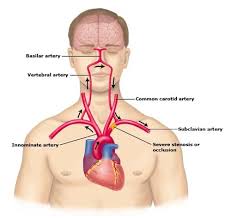
How does inflating a blood pressure cuff affect
The cuff is part of the blood pressure monitor. It expands and swells after measuring blood pressure. As a result of the pressure build-up, the blood pressure cuff temporarily blocks the arterial blood supply.
It also enables Korotkoff to listen. An electrically controlled valve slowly lowers the blood pressure cuff.
The cuff of the blood pressure monitor forms an integral unit with the model of the corresponding device. Cuffs are usually not freely exchangeable! Consult your pharmacy specialist staff or your specialist dealer accordingly.
Does increasing arterial blood pressure increase blood flow?
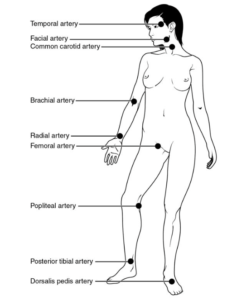
Arterial blood pressure must be adjusted to prevent damage to the organ or the whole organism. When exercising, a higher pressure on the blood flow than adequate rest is required.
However, permanent stress can lead to secondary diseases.
There are also systemic mechanisms for local as well as control in the body. Usually, the capillary system is the terminal flow path of arterial vessels.
There is an exchange of substances on both sides. In contrast, the arterioles are in the capillaries’ upper flow, and the venules are in the lower flow. Lymphatic vessels also start blindly in the surrounding tissue.
How does blood flow and pressure relate?
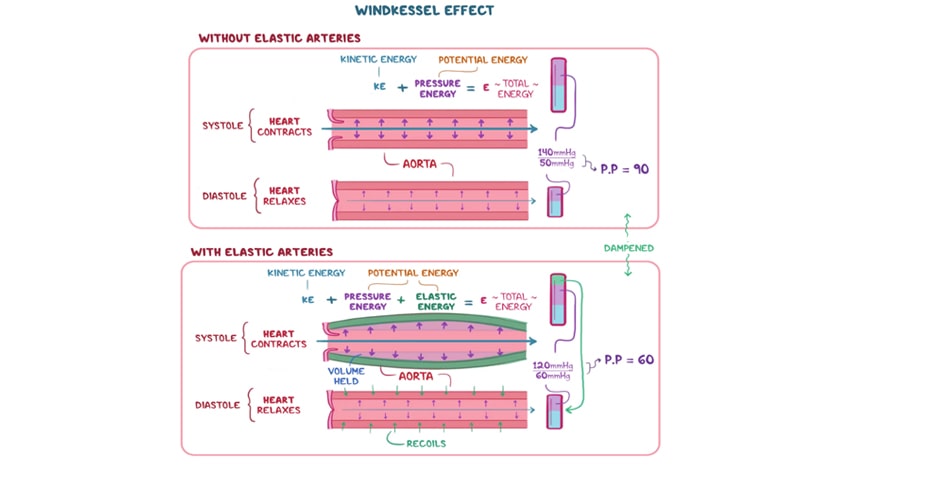
How does blood flow and pressure relate
Blood puts a certain pressure on the walls of blood vessels like any fluid in a closed vessel. The amount of blood pressure fluctuates due to various factors, depending on the level of the heart.
Besides, during systole, blood flow increases, and pressure increases. Also, during diastole (relaxation), it slows down, and its value decreases.
Also, the pressure depends on the total amount of blood in the vessels. It is constantly changing in one direction or the other.
For example, after a person drinks a certain amount of fluid, the blood flow absorbs. It also increases the amount slightly. In contrast, filtration of rocks leads to its reduction.
Conclusion
However, blood circulation is the movement of blood through the vascular system. It exchanges gases between the body and the environment. It also exchanges substances between all organs and tissues.
On the other hand, it provides humoral regulation of various bodily functions and heat transfer generated in the body.
Blood circulation is a process that is necessary for the normal functioning of the central nervous system, mainly of all body systems. The part of physiology that focuses on the laws of blood flow through vessels is hemodynamics.
The basic laws of hemodynamics depend on the laws of hydrodynamics. However, I hope you understand How does inflating a blood pressure cuff affect brachial artery blood flow.
We talk about more Blood
Blood Colloid Osmotic Pressure, The Blood will Never Lose its Power, From Which Structures do Oxygen Molecules Move from the Lungs to the Blood?, This Diagram Shows How the Body Keeps Blood Glucose at a Normal Level

